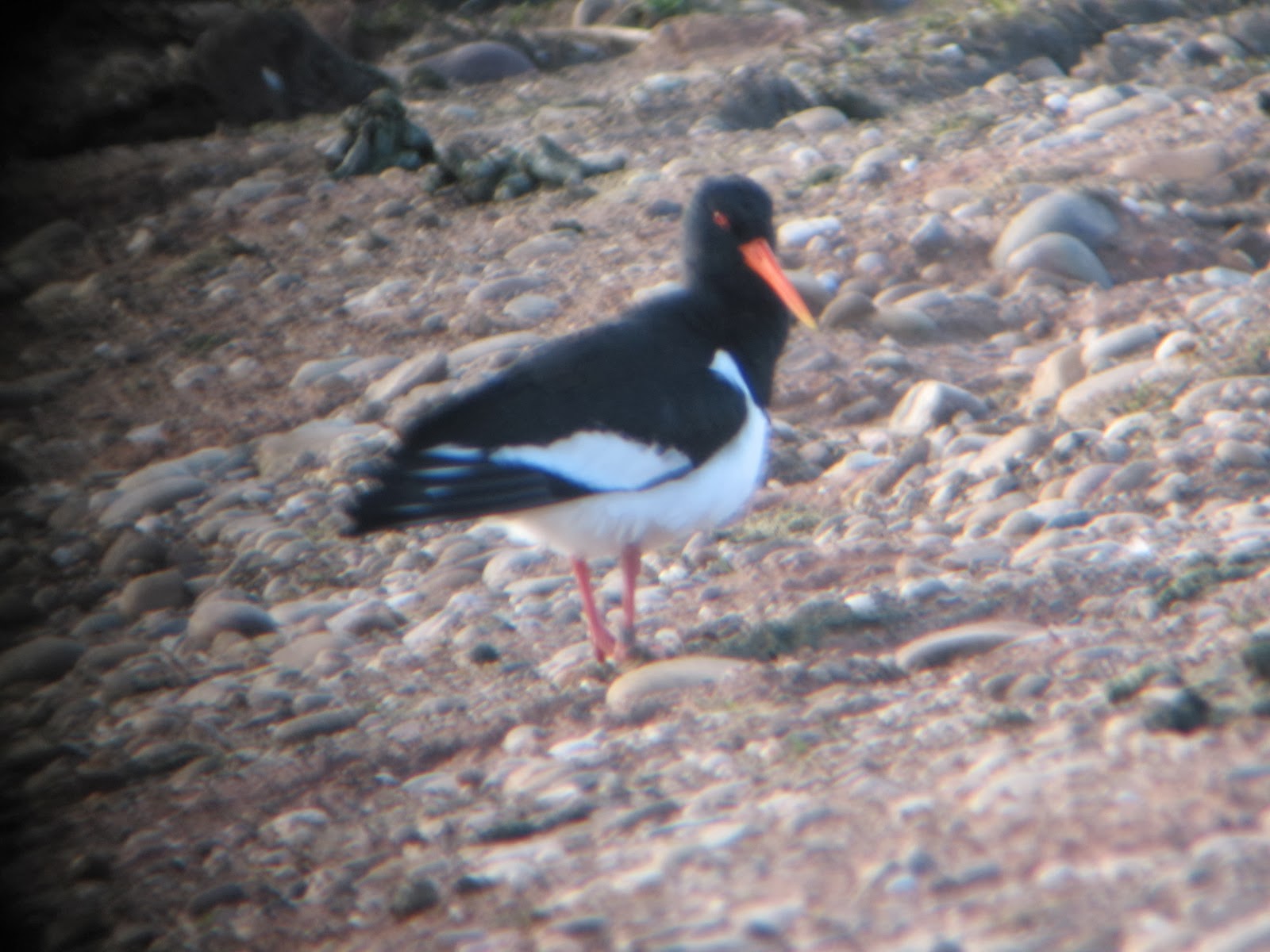 |
| Red-footed Falcon, ©Edwyn Anderton, via Flickr Creative Commons. |
 |
| Red-footed Falcon painting. |
 |
| Red-footed Falcon, ©Edwyn Anderton, via Flickr Creative Commons. |
 |
| Red-footed Falcon painting. |
 |
| Monk Parakeets in Park Güell. |
 |
| Monk Parakeet in Parc de la Ciutadella. This one and several of its associates were wearing little neck tags which I think are part of a project studying the dispersal of Monk Parakeets. |
 |
| Parc de la Ciutadella, near to where we saw a flock of Red-masked Parakeets in a large coniferous tree. |
 |
| Spot the Black Redstart! |
 |
| Park Güell monumental zone. |
 |
| Park Güell. |
 |
| View over Barcelona from high up in Park Güell. |
 |
| My first Crested Tits were in this tree :o) |
 |
| The beach! |
 |
| The beach! |
 |
| 'Owl' by Desmond Morris, an anniversary gift from Chris! |
 |
| Pablo Picasso - Still life with owl and three urchins (1946). |
 |
| Pablo Picasso - Owl in an interior (1946). |
 |
| Pablo Picasso - The pigeons (1957). |
 |
| Digiscoped Oystercatcher. |
 |
| Digiscoped Oystercatcher. |
 |
| Digiscoped Cormorant. |
 |
| Digiscoped Snipe. |
 |
| Oystercatcher sketches. |
 |
| Snipe sketches. |
 |
| Lesser Kestrel, ©Ian N. White, via Flickr Creative Commons. |
 |
| Lesser Kestrel painting. |
 |
| Common Kestrel, ©ferran pestaña, via Flickr Creative Commons. |
 |
| Common Kestrel painting. |
 |
| Black-winged Kite, ©srikaanth.sekar, via Flickr Creative Commons. |
 |
| Black-winged Kite painting. |
 |
| Dark Chanting Goshawk, ©Frank.Vassen, via Flickr Creative Commons. |
 |
| Dark Chanting Goshawk painting. |
 |
| Levant Sparrowhawk, ©Chris Batty, used with permission. |
 |
| Levant Sparrowhawk painting. |
 |
| Northern Goshawk, ©poecile05 via Flickr Creative Commons. |
 |
| Northern Goshawk painting. |
 |
| Eurasian Sparrowhawk, ©swh, via Flickr Creative Commons. |
 |
| Eurasian Sparrowhawk painting. |
 |
| Oriental Honey Buzzard, ©Sergey Pisarevskiy, via Flickr Creative Commons. |
 |
| Oriental Honey Buzzard painting. |
 |
| Honey Buzzard, ©Agustín Povedano, via Flickr Creative Commons. |
 |
| Honey Buzzard painting. |